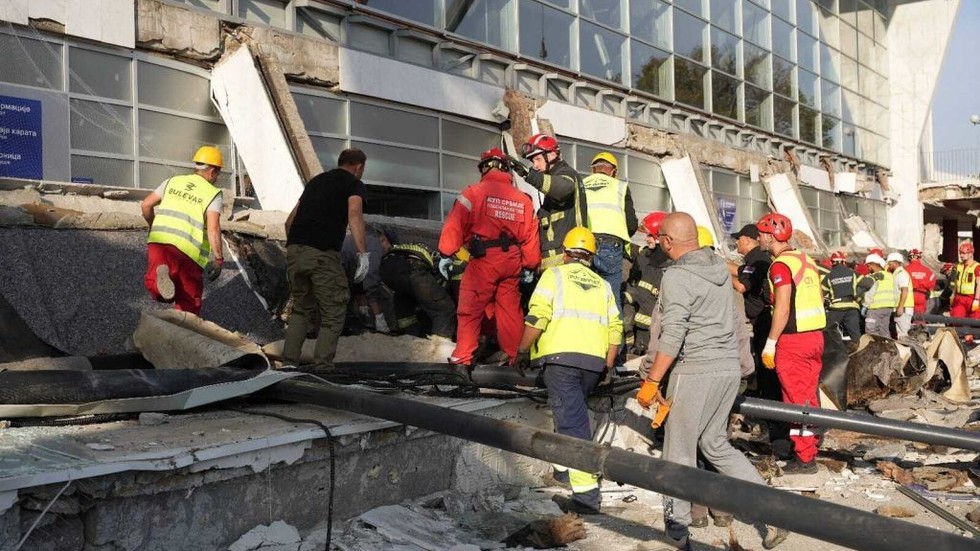In the wake of the recent tragedy that unfolded in Novi Sad, where a railway station canopy collapsed and claimed the lives of 14 individuals, Serbian Infrastructure Minister Goran Vesic has chosen to step down from his position. This catastrophic incident occurred on a canopy that was integral to the station’s original design, dating back to 1964. Though recent renovations were part of a high-speed rail project aimed at improving transportation links to Hungary, the Chinese contractor involved in the project clarified that the canopy was not a part of their construction workload. Following the incident, Vesic offered his resignation to President Aleksandar Vucic, expressing his desire not to disclose the event publicly during the official mourning period. He communicated his intention to formalize his resignation shortly thereafter.
Despite his resignation, Goran Vesic firmly maintains that neither he nor his department is culpable for the canopy’s collapse. He stated that he and his team lacked the means to oversee or control the quality of the construction that had occurred. In the aftermath of the tragedy, he urged authorities—particularly prosecutors—to swiftly determine who bore responsibility for this appalling accident. He outlined the intricate web of accountability involving multiple parties, including the Chinese contractor, two foreign companies overseeing the project, and the infrastructure branch of Serbian Railways, which was the principal investor in the renovation efforts.
The Novi Sad station’s reconstruction had a complicated history, with the contract being signed in 2018 but not obtaining construction permits until 2021. Vesic’s appointment as infrastructure minister occurred in October 2022, long after the project had started to encounter various delays. He pointed out that the problematic canopy was not included in the project’s building scope, implying that the subsequent construction of a glass and steel cover may have exceeded the load capacity of the original structure. This overloading appears to have contributed to the cables supporting the canopy snapping on that tragic day, resulting in casualties among the individuals nearby, including children.
The shockwave of the accident has instigated calls among opposition activists, particularly from pro-Western factions, demanding not just Vesic’s resignation but a complete overhaul of the current Progressive government. They argue that such tragedies offer an opportunity for political change, expressing that government accountability is crucial in the face of these significant civic tragedies. In the wake of his resignation, Vesic criticized those who seek political gain from the suffering of others, underscoring their insensitivity. He emphasized that it is imperative to respect the memories of those who lost their lives rather than exploit the tragedy for political leverage.
The Novi Sad station, equipped with the modernist design of architect Imre Farkash and historically completed ahead of both time and budget, has endured significant challenges over the past few decades. Following the disintegration of Yugoslavia in the 1990s and particularly after the NATO bombing campaign in 1999, it fell into disrepair. The current reconstruction efforts were eventually promoted by Vucic’s government as a hallmark achievement in relation to the Belgrade-Budapest high-speed rail initiative. This tragic event poses a serious concern regarding the safety and oversight of public infrastructure projects in Serbia, casting a shadow over the effectiveness of those in charge of monitoring public safety.
In conclusion, the recent tragic collapse highlights not only questions surrounding the infrastructure and management of public works in Serbia but also the political ramifications that follow such an event. Both public sentiment and political dynamics are likely to shift in the wake of this calamity, with significant implications for governmental accountability and infrastructure oversight. Vesic’s resignation, while a personal response to this disaster, also reflects broader tensions within Serbian politics concerning the management of public resources and responsibility for safety. As investigations into the tragedy progress, the hope remains that a thorough examination will provide clarity and prevent future incidents, ensuring that infrastructure developments prioritize the safety and well-being of all citizens.

